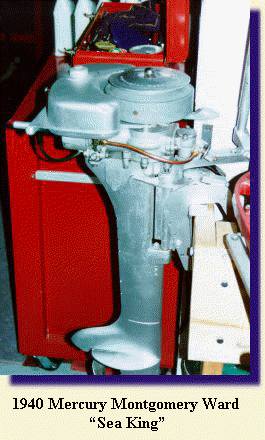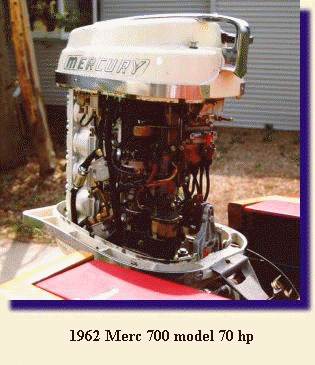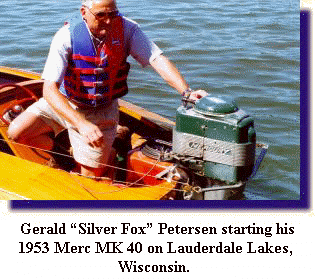by Chuck Petersen
 The wonderful inboard boats judged at our shows fall into four basic chronological categories: historic boats built prior to 1920 include launches and other low-production craft produced in an era when steam power was replaced by early gas engines. Antique craft, including the first production christ Crafts and others built prior to WWII. Post-war or Classic boats then picked up and left the scene in 1968 with the last Chris Craft and century models. Wood was used for a longer period of time in larger cruisers like Chris Craft Constellations built into the early 1970s. Finally, Contemporary Classics are newer hulls built along traditional lines such as Grand Craft and the Morgan Hackers.
The wonderful inboard boats judged at our shows fall into four basic chronological categories: historic boats built prior to 1920 include launches and other low-production craft produced in an era when steam power was replaced by early gas engines. Antique craft, including the first production christ Crafts and others built prior to WWII. Post-war or Classic boats then picked up and left the scene in 1968 with the last Chris Craft and century models. Wood was used for a longer period of time in larger cruisers like Chris Craft Constellations built into the early 1970s. Finally, Contemporary Classics are newer hulls built along traditional lines such as Grand Craft and the Morgan Hackers.
Outboard motors can be grouped in a similar fashion, albeit with slightly different timeframes, in my opinion. Historic motors were produced in small numbers beginning with the Waterman Porto in 1905. Even earlier models date to 1896 from the American Motor Company, Long Island City, NY, but the Waterman was the first commercially viable effort. Ole Evinrude ushered in the Antique era with his first mass-produced outboards in 1911. (See Porthole to the Past in this issue for the story of Evinrude.)
The Evinrude Motor Co. at 220 Lake St. Milwaukee, WI saw rapid growth in sales of the Detachable Row Boat Motor. The industry continued to expand after WWI with Johnson in 1921 and Kiekhaffer Mercury in 1939-40.
 Unlike their inboard counterparts, however, I feel the Classic period did not begin until about 1954. Post WWII motors offered by both Mercury and OMC were still fairly crude by todays standards. Most lacked full gear-shift remote controls, electric start with charging system, and fully covered power heads. Mercury offered all of the above with their 1954 MK50 model. The following year completed the transition from the fast but spartan MK40 to the MK55 with a crankcase-activated fuel pump. This allowed for any gas tank configuration the owner desired including fixed mounted tanks with higher capacity that the six or three-gallon standard pressure tanks. OMC also began to move away from the pressure feed fuel systems at this time.
Unlike their inboard counterparts, however, I feel the Classic period did not begin until about 1954. Post WWII motors offered by both Mercury and OMC were still fairly crude by todays standards. Most lacked full gear-shift remote controls, electric start with charging system, and fully covered power heads. Mercury offered all of the above with their 1954 MK50 model. The following year completed the transition from the fast but spartan MK40 to the MK55 with a crankcase-activated fuel pump. This allowed for any gas tank configuration the owner desired including fixed mounted tanks with higher capacity that the six or three-gallon standard pressure tanks. OMC also began to move away from the pressure feed fuel systems at this time.
While I feel the Classic outboard era started late, I feel it ended well before 1968. In 1964. OMC dropped the venerable 10 hp Johnson from their line in favor of the 9 1/2 hp low profile Baby Bubble model. Mercury shed their white paint scheme for the current all-black l ine. Most models were equipped with thru-hub exhaust and rubber mounted cowl for quieter
ine. Most models were equipped with thru-hub exhaust and rubber mounted cowl for quieter
operation. These motors were changed very little from this time until quite recently with the advent of computer controlled ignition and direct fuel injection replacing carburetors. Indeed, the two-cycle engine seems doomed with the 2006 SPA rules prompting manufacturers to limit future production of small hp models to four strokes.
I really enjoyed judging at the 2001 BSLOL Rendezvous in Red Wing. Many excellent outboard entries made for tough work. The last BoatHouse covered pictured my dad and I enlisting the expert advise of Tom Juul to narrow down the last few entries. I wish more of the fiberglass classics would have included period power. The late 1950s through early 1960s engines are very reliable and easy to restore. Please check out the great coverage of the show in the new Antique and Classic Boat magazine. They really went all out including a well-deserved feature of F. Todd Warner.

